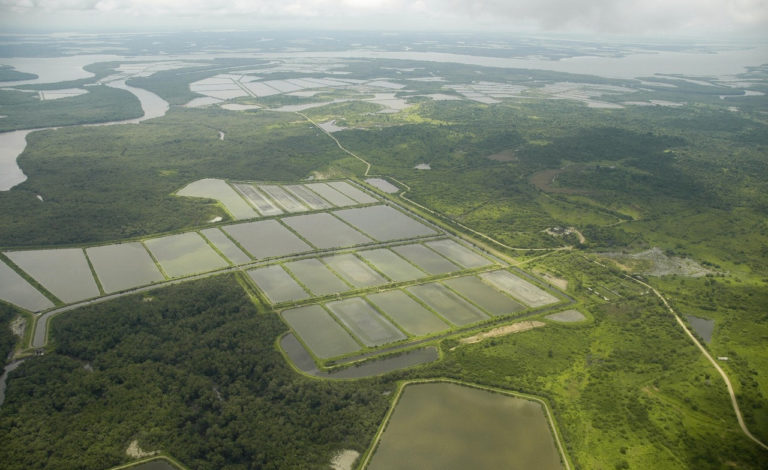
Intelligence
Shrimp farming industry in Ecuador, part 1
The history of shrimp farming in Ecuador, including technical development, genetic improvement, mangrove reforestation and sanitary barrier implementation.
Intelligence
In this second of two parts, the author describes a public-private competitive improvement plan and how technology and new tools improved shrimp production in Ecuador.

Intelligence
The history of shrimp farming in Ecuador, including technical development, genetic improvement, mangrove reforestation and sanitary barrier implementation.
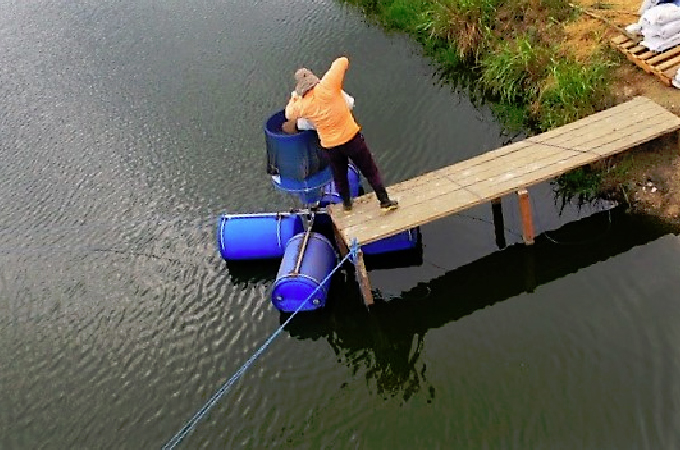
Aquafeeds
Studies showed that the demand feeding system for farmed shrimp – based on multi-rations and combined with sound detection – can be used to distribute the correct dosage of aquafeed with high nutritional density.
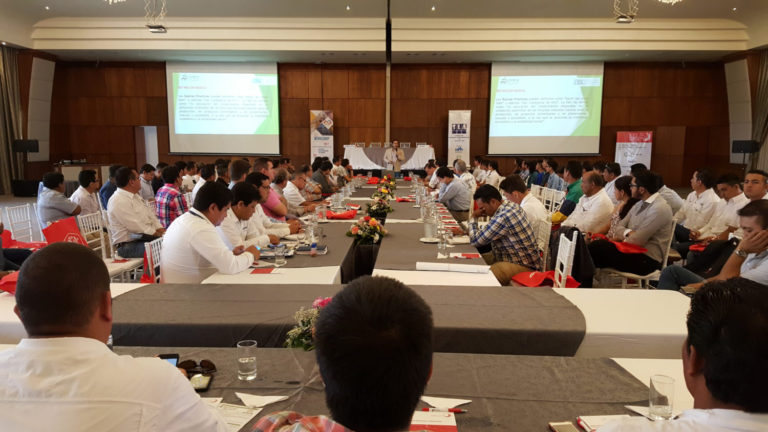
Responsibility
La certificación de grupo puede agilizar el proceso de auditoría, ahorrando tiempo y dinero a los productores mientras mejora las condiciones económicas para todos los participantes. También tiene el potencial de causar desavenencias entre los competidores.

Responsibility
Group certification can streamline the auditing process, saving farmers time and money while improving economic conditions for all participants. It also has the potential to cause rifts among competitors.
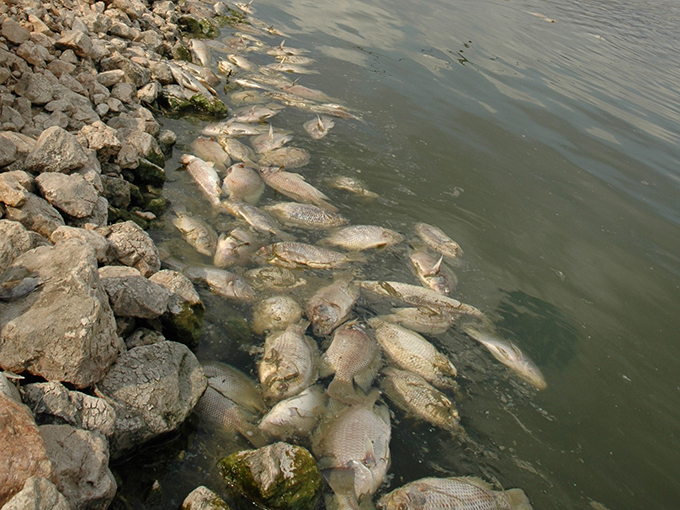
Health & Welfare
Se ha iniciado un esfuerzo internacional de investigación para encontrar una solución para el Virus del Lago de Tilapia (TiLV), un contagio que causa altas tasas de mortalidad en poblaciones de tilapia cultivada y silvestre en Israel, Colombia, Ecuador, Egipto y Tailandia.

Health & Welfare
An international research effort has commenced to find a solution for Tilapia Lake Virus (TiLV), a contagion causing high rates of mortality in farmed and wild tilapia stocks in Israel, Colombia, Ecuador, Egypt and Thailand.
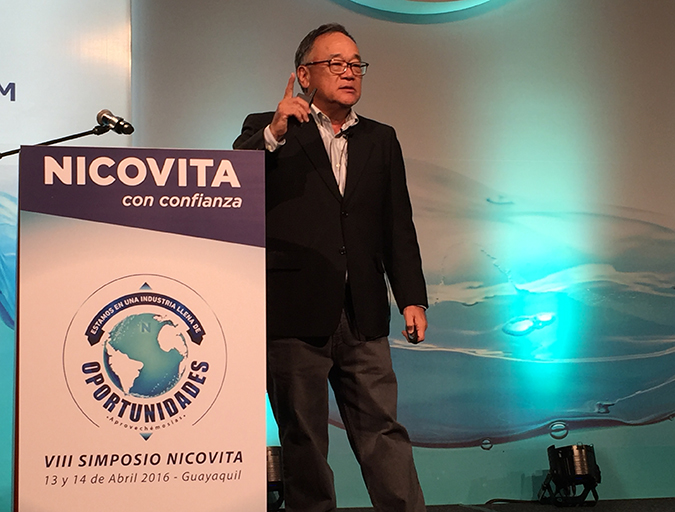
Responsibility
Shrimp farmers can look to the chicken-farming industry for guidance on proper pond management. At the Nicovita Symposium in Ecuador, Dr. Dean Akiyama of Charoen Pokphand encouraged shrimp producers to overcome challenges at hatchery level.
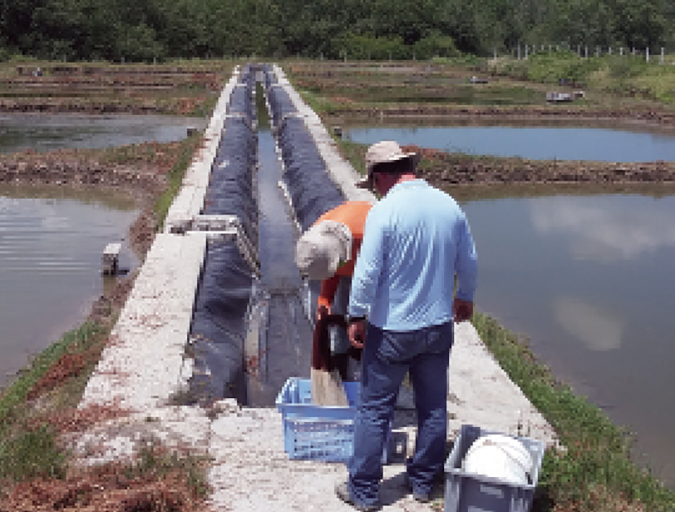
Aquafeeds
The digestive systems of shrimp are main entry points for bacterial and viral pathogens, and unfavorable microflora. Natural feed additives that combine different actions have proven effective in improving survival where shrimp are exposed to bacterial pathogens.
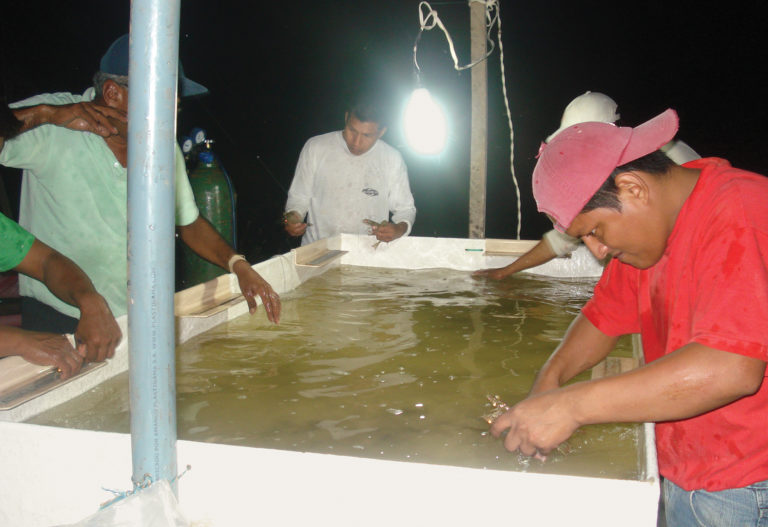
Health & Welfare
This article reports on a breeding program focused only on the improvement of growth rates at associate farms in Ecuador. By applying a localized breeding strategy, the program has yielded an average 7.8 percent annual phenotypic gain for commercial growth rates, while survival has remained fairly constant.
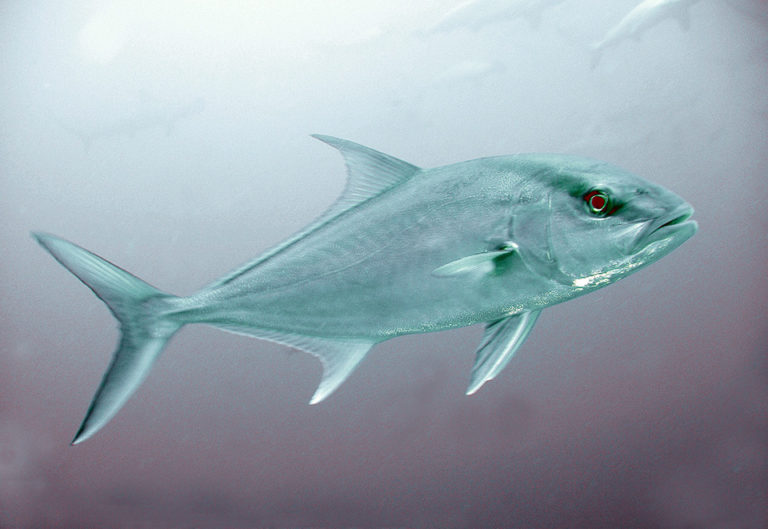
Intelligence
The government of Ecuador has set the legal framework for leasing mariculture sites and the conditions under which to apply for a lease. This commitment to marine fish farming was also shown by the extension of credit lines.
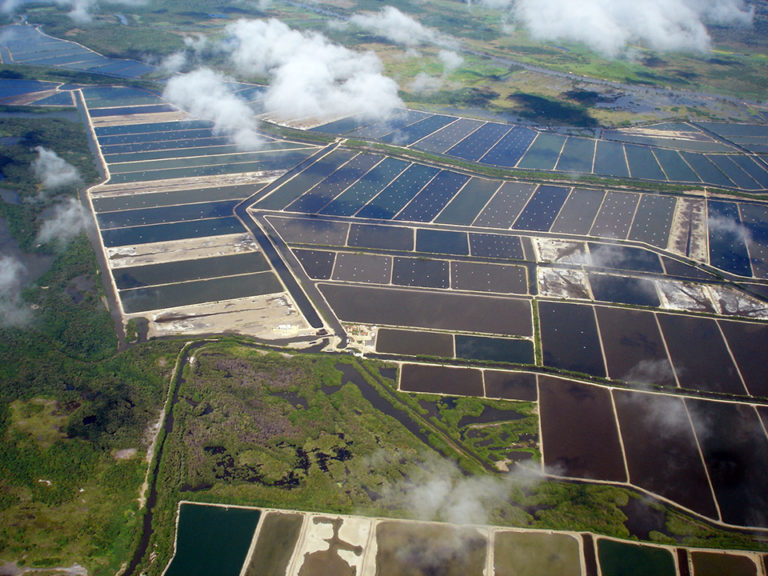
Health & Welfare
One of the largest shrimp maturation operations in Ecuador is working with five major shrimp producers to improve growth rates.
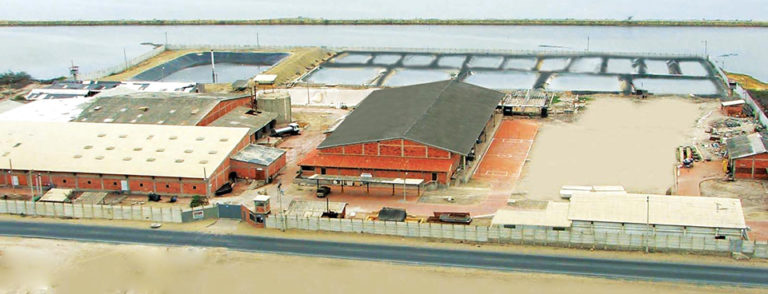
Health & Welfare
The authors are exploring alternative models for shrimp breeding that address genotype-environment interactions with solutions that could advance breeding in South and Central America.
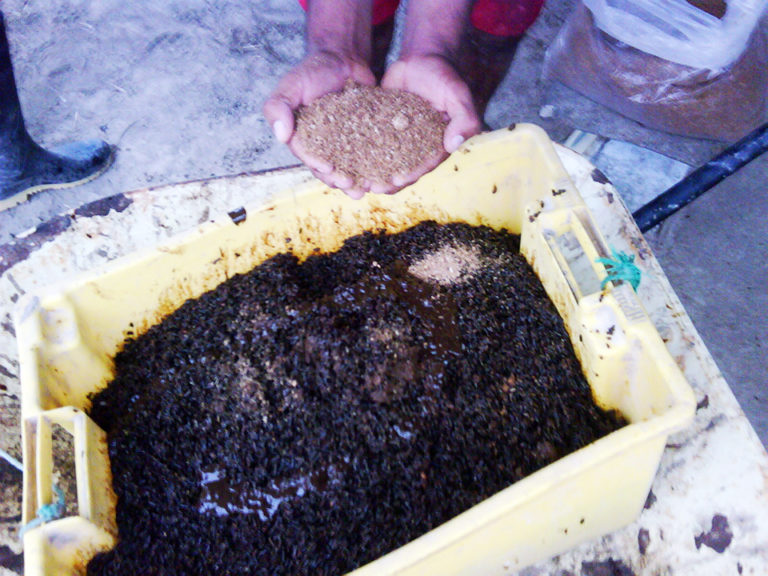
Health & Welfare
The PescaMaris shrimp farm in Ecuador uses fish peptide isolates to accelerate probiotic bacteria growth and improve water quality.
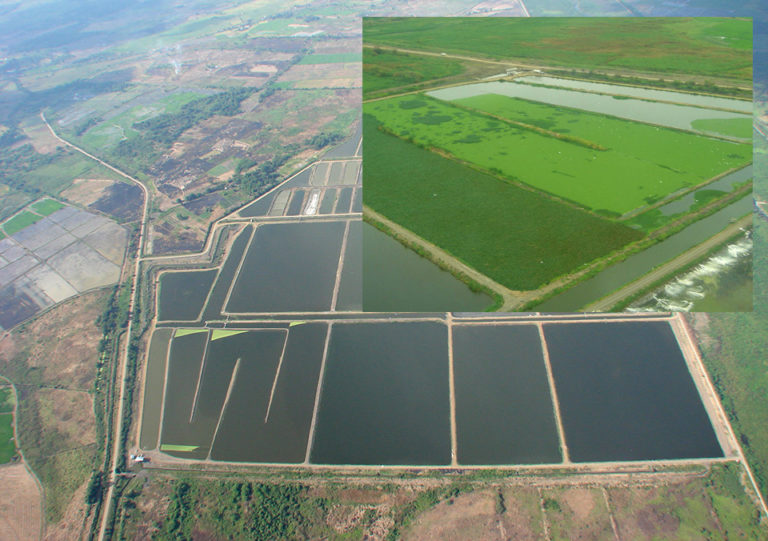
Responsibility
Recirculating systems, where probiotic, heterotrophic bacteria compete with pathogenic bacteria, can operate without antibiotics to produce tilapia and shrimp.
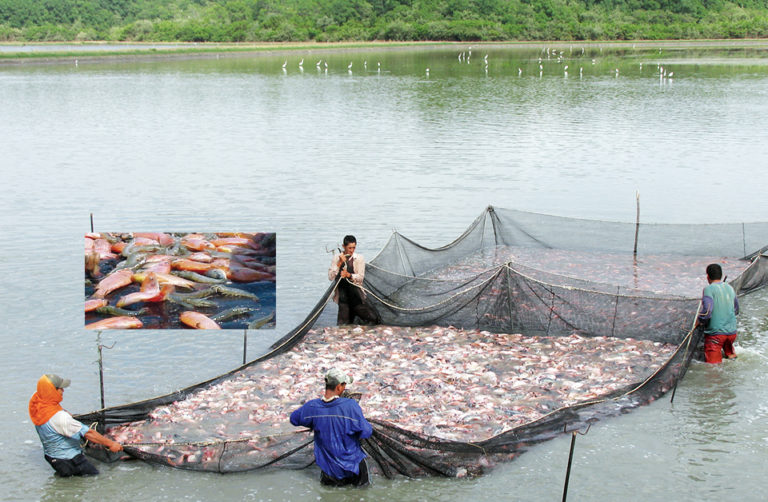
Intelligence
Tilapia culture in Ecuador is marked by vertically integrated companies that manufacture their own feeds and practice polyculture with Pacific white shrimp.